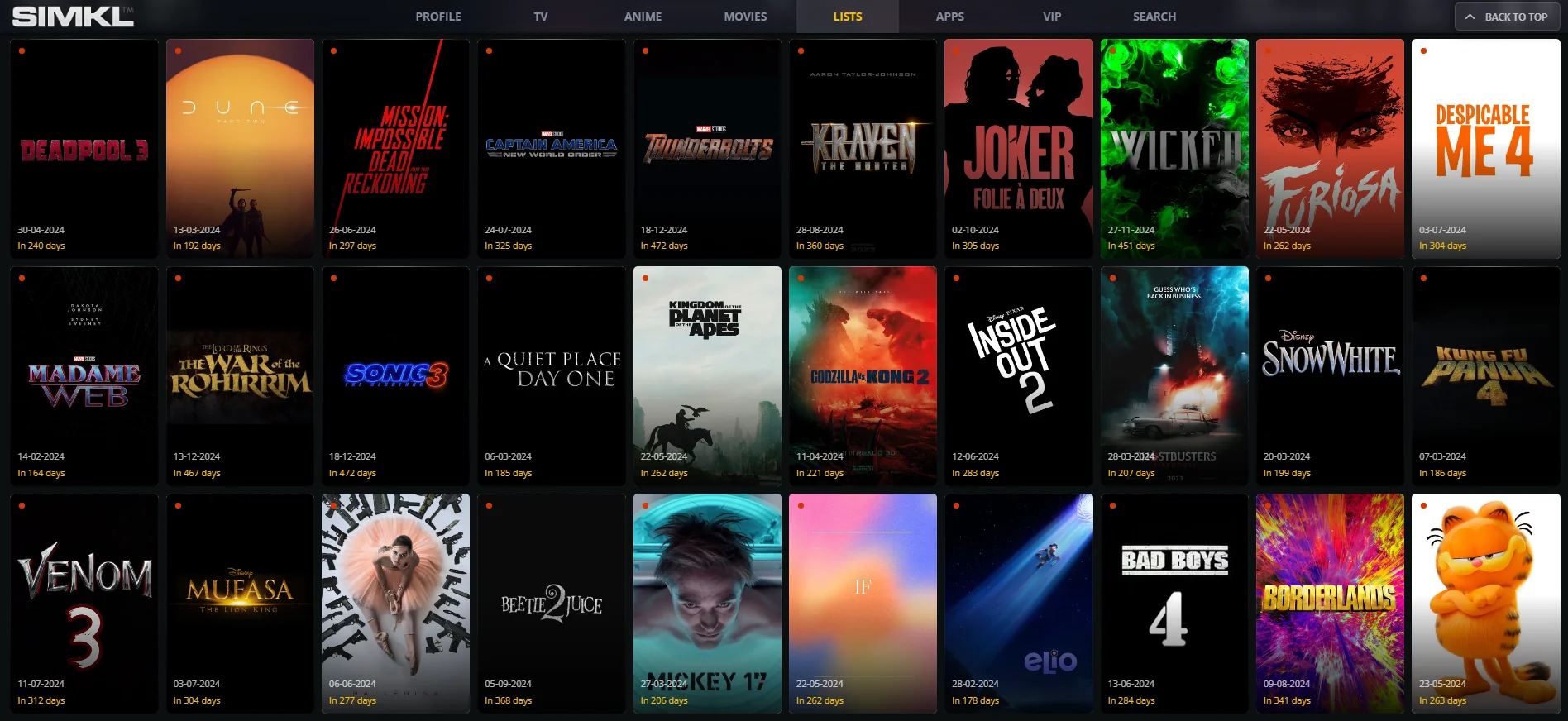Building the Perfect Multiplayer Ludo Game: Tips and Best Practices
Ludo is one of the oldest and most beloved board games in the world, with its simple yet strategic gameplay making it a timeless favorite. Over the years, the game has transcended its traditional board form to become a popular mobile multiplayer game, allowing players to compete with friends and strangers alike.
Ludo is one of the oldest and most beloved board games in the world, with its simple yet strategic gameplay making it a timeless favorite. Over the years, the game has transcended its traditional board form to become a popular mobile multiplayer game, allowing players to compete with friends and strangers alike. As a result, the demand for high-quality Ludo game development has soared, particularly for multiplayer versions that provide an engaging social experience.
If you’re thinking of developing a multiplayer Ludo game, whether as a standalone app or as part of another platform like a dating app, there are a few key principles and best practices to keep in mind. In this blog post, we’ll explore the essential tips for building the perfect multiplayer Ludo game and how a Ludo game development company can help you turn your vision into reality.
The Growing Popularity of Multiplayer Ludo Games
Multiplayer Ludo games combine strategy, luck, and social interaction, making them incredibly engaging for players. The ability to connect with friends or challenge strangers adds an extra layer of excitement and keeps players coming back. Multiplayer games are particularly popular in mobile gaming because they offer a way to stay connected with friends, challenge people worldwide, and have fun in a low-pressure, relaxing environment.
Integrating multiplayer functionality into Ludo can create a much more dynamic and enjoyable experience. Whether your Ludo game is standalone or integrated into other types of apps, like a dating app development service that offers Ludo as an interactive icebreaker, creating an engaging multiplayer experience should be your top priority.
Tips for Developing the Perfect Multiplayer Ludo Game
Developing a successful multiplayer Ludo game involves both technical expertise and a deep understanding of player behavior. Here are some crucial tips and best practices to help you build a game that will keep users engaged and returning for more.
1. Smooth and Intuitive User Interface (UI)
One of the first things players will notice is the game’s interface. Since Ludo has a simple game board and basic mechanics, the interface needs to be clean, intuitive, and visually appealing. Users should be able to easily navigate the game, whether they are playing with friends or strangers.
-
Simple Controls: The controls should be easy to understand. The player should be able to move their pieces with just a tap or drag and easily understand the game rules.
-
Appealing Visual Design: While the game mechanics are simple, the design can be more modern, colorful, and interactive. Incorporate high-quality graphics and animations to enhance the user experience.
-
Customizable Elements: Let players customize their avatars, boards, and pieces, giving them a sense of ownership and personal connection to the game.
A Ludo game development company will often prioritize clean, intuitive design to ensure players can focus on gameplay rather than trying to figure out how the app works.
2. Seamless Multiplayer Experience
When developing a multiplayer Ludo game, smooth and lag-free connectivity is key. Players want to enjoy a competitive yet relaxed gaming experience, which means interruptions like connection lags, crashes, or delays can quickly turn users away.
-
Real-Time Play: Ensure that your multiplayer functionality supports real-time play. Lag or delays in movement or actions can diminish the enjoyment, so use efficient server-side programming to keep the game running smoothly.
-
Player Matching: Implement a fair and effective matchmaking system that pairs users of similar skill levels. This ensures that players don’t end up with unfair matchups, keeping the experience challenging and enjoyable for all.
-
Cross-Platform Compatibility: In today’s gaming world, players expect to be able to play across devices. Consider making your Ludo game available on both iOS and Android platforms to maximize your reach.
A dating app development service that integrates Ludo can also use these best practices to ensure the multiplayer experience enhances the primary purpose of the app—fostering connections. Playing Ludo together could be a fun way for matches to interact and engage, making the experience more memorable.
3. Game Modes and Features
One of the most important features of a multiplayer Ludo game is variety. While traditional Ludo is fun, giving players options for different ways to play will make the game more engaging. Consider the following:
-
Classic Mode: This is the traditional Ludo game that everyone knows and loves, which should always be available as a base option.
-
Quick Play Mode: For users who are short on time, offering a quick play mode with faster rounds could make the game more appealing.
-
Tournaments: Organize in-app tournaments where players can compete for prizes or recognition. This adds an element of competition and gives players something to work towards.
-
Private Rooms: Let players create private rooms where they can invite their friends and family to play together. Social features like this create a sense of community and are perfect for multiplayer interactions.
-
Team Play: Consider adding a team play mode, where users can team up with others to play against another team. This increases social interaction, allowing for deeper connections.
These game modes can be integrated into a dating app to add a fun, interactive layer to the dating experience. Players can challenge their potential matches to a round of Ludo, breaking the ice and starting a conversation in a fun, low-pressure environment.
4. Incorporate Gamification Elements
Gamification enhances the overall gaming experience by providing players with rewards, levels, and achievements. Incorporating these elements into your Ludo game will encourage users to play more and return often. Here are some gamification features to consider:
-
Achievements: Players could earn badges for completing specific in-game milestones, such as winning a certain number of matches or reaching a particular score.
-
Leaderboards: Introduce competitive leaderboards that display the highest-ranking players based on points or wins, motivating players to improve their skills and climb the ranks.
-
Daily Challenges and Rewards: Offering daily challenges or rewards can keep players engaged. For example, completing a challenge could unlock special features, unique avatars, or power-ups.
-
In-App Purchases and Virtual Goods: Let users buy or earn virtual currency to customize their profile or game experience, such as unlocking new boards, pieces, or skins.
Gamification elements help foster a sense of accomplishment and excitement in players. This is particularly useful in a multiplayer Ludo game, as players are more likely to return to compete for rewards, climb the ranks, or engage in social activities with friends.
5. Strong Social Features
Ludo has always been a social game, and multiplayer Ludo apps should continue this tradition. Adding social features allows players to connect, chat, and share their experiences, keeping them engaged over time.
-
Real-Time Chat: Let players communicate with each other during a game, whether they’re strategizing or just having fun with friendly banter.
-
Sharing on Social Media: Allow players to share their achievements, scores, or interesting moments from the game on social media platforms like Facebook, Twitter, and Instagram.
-
Invite Friends: Users should be able to invite friends to join the game, making it easier to play with people they already know. This helps promote the app through word-of-mouth, expanding your user base.
By leveraging these social features, you can build a community within your multiplayer Ludo game, making it more than just a one-off experience but something users want to revisit with friends.
6. Monetization Strategies
For your Ludo game to be profitable, you need to consider effective monetization strategies. Common options for multiplayer Ludo games include:
-
In-App Purchases: Selling virtual goods, such as skins, special moves, or power-ups.
-
Premium Features: Offering players the option to buy premium versions with additional benefits like no ads, exclusive boards, or advanced game modes.
-
Ads: Integrating ads into the game experience, ensuring they are non-intrusive and don’t interrupt gameplay.
-
Subscriptions: Charging a subscription fee for exclusive features like unlimited plays or access to premium content.
A Ludo game development company can help you implement these monetization strategies seamlessly within the game, ensuring the app remains profitable while still offering a great user experience.
Conclusion
Building the perfect multiplayer Ludo game requires a combination of engaging gameplay, intuitive design, smooth multiplayer functionality, and effective social features. By focusing on these elements, you can create a game that is both fun and addictive, keeping players coming back for more.
For businesses looking to integrate multiplayer Ludo games into other apps—such as a dating app—consider how these best practices can be used to enhance social interactions and boost user engagement. By adding games like Ludo into a dating app development service, users can break the ice, connect on a deeper level, and have a fun experience that keeps them engaged on your platform.
Whether you’re working with a Ludo game development company to create a standalone game or integrating it into a larger platform, these tips will help you create a multiplayer Ludo game that attracts users, keeps them entertained, and generates ongoing revenue.
What's Your Reaction?


















